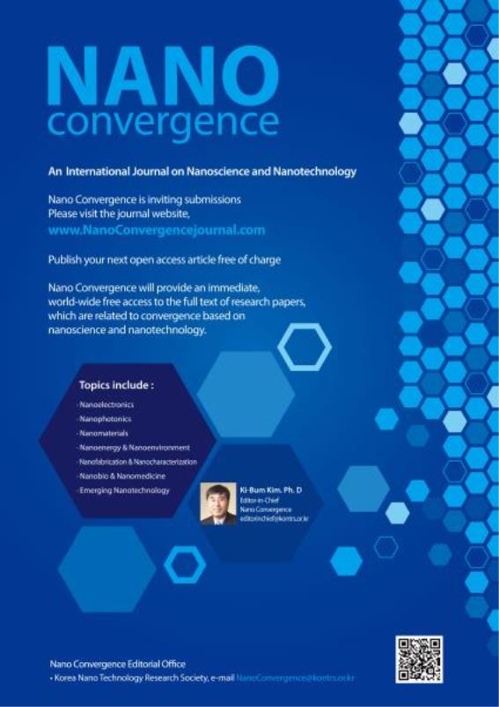Microstock images of artificial intelligence: How AI creates its own conditions of possibility
IF 11
2区 材料科学
Q1 MATERIALS SCIENCE, MULTIDISCIPLINARY
引用次数: 0
Abstract
The main goal of this paper is to account for the ‘algorithmization’ of microstock imagery. By this term, the authors refer to a material process implying the chronic use of graphic editors, semi-automatic keywording allowing complex and dynamic proto-classifications, and access to the images via search engines. The algorithmization of microstock imagery also goes along with the exploitation of producers’ labour, so that the authors recognize in it a form of digital labour. Moreover, the term ‘algorithmization’ is meant to underline that this material process has symbolic effects on the image contents as well as on people’s expectations and imaginaries of these contents. The paper analyses, in particular, the case study of microstock images depicting artificial intelligence (AI). By producing hundreds of thousands of visual representations of AI that spread via the Web and beyond it, algorithmized microstock imagery also produces its own symbolic conditions of possibility, that is, the expectations and imaginaries that contribute to the success of AI beyond its concrete effectiveness. The paper is structured into three sections. In the first section, the authors account for the existing literature on stock imagery. They contend that this literature focuses too much on the symbolic message, and too little on the material processes of production of these images. In the second section, the authors describe an empirical analysis they conducted on Shutterstock images depicting AI. In the third section, they distinguish three forms of digital labour and show that microstock imagery entertains resemblances to and differences from each form. They contend that despite its peculiarities, microstock image production is a paradigmatic form of digital labour due to its convergence towards algorithmization. In the conclusion, the authors show how, for microstock images depicting AI, the algorithmic loop of microstock imagery is complete.人工智能的微库图片:人工智能如何创造自己的可能性条件
本文的主要目标是解释微库图像的“算法化”。通过这个术语,作者指的是一个材料过程,这意味着长期使用图形编辑器,半自动关键字允许复杂和动态的原型分类,并通过搜索引擎访问图像。微库存图像的算法也伴随着生产者劳动的剥削,因此作者在其中认识到一种数字劳动形式。此外,“算法化”一词意在强调这种物质过程对图像内容以及人们对这些内容的期望和想象具有象征作用。本文特别分析了描述人工智能(AI)的微库存图像的案例研究。通过产生成千上万通过网络传播的人工智能的视觉表现,算法化的微库图像也产生了自己的可能性的象征性条件,即,除了具体的有效性之外,有助于人工智能成功的期望和想象。本文的结构分为三个部分。在第一部分中,作者对现有的关于库存图像的文献进行了说明。他们认为,这些文献过于关注象征性的信息,而对这些图像的物质生产过程关注得太少。在第二部分中,作者描述了他们对描绘AI的Shutterstock图像进行的实证分析。在第三部分中,他们区分了三种形式的数字劳动,并表明微库存图像具有与每种形式的相似之处和差异。他们认为,尽管有其特殊性,微库存图像制作是一种典型的数字劳动形式,因为它向算法化趋同。在结论中,作者表明,对于描绘人工智能的微库存图像,微库存图像的算法循环是完整的。
本文章由计算机程序翻译,如有差异,请以英文原文为准。
求助全文
约1分钟内获得全文
求助全文
来源期刊

Nano Convergence
Engineering-General Engineering
CiteScore
15.90
自引率
2.60%
发文量
50
审稿时长
13 weeks
期刊介绍:
Nano Convergence is an internationally recognized, peer-reviewed, and interdisciplinary journal designed to foster effective communication among scientists spanning diverse research areas closely aligned with nanoscience and nanotechnology. Dedicated to encouraging the convergence of technologies across the nano- to microscopic scale, the journal aims to unveil novel scientific domains and cultivate fresh research prospects.
Operating on a single-blind peer-review system, Nano Convergence ensures transparency in the review process, with reviewers cognizant of authors' names and affiliations while maintaining anonymity in the feedback provided to authors.
 求助内容:
求助内容: 应助结果提醒方式:
应助结果提醒方式:


